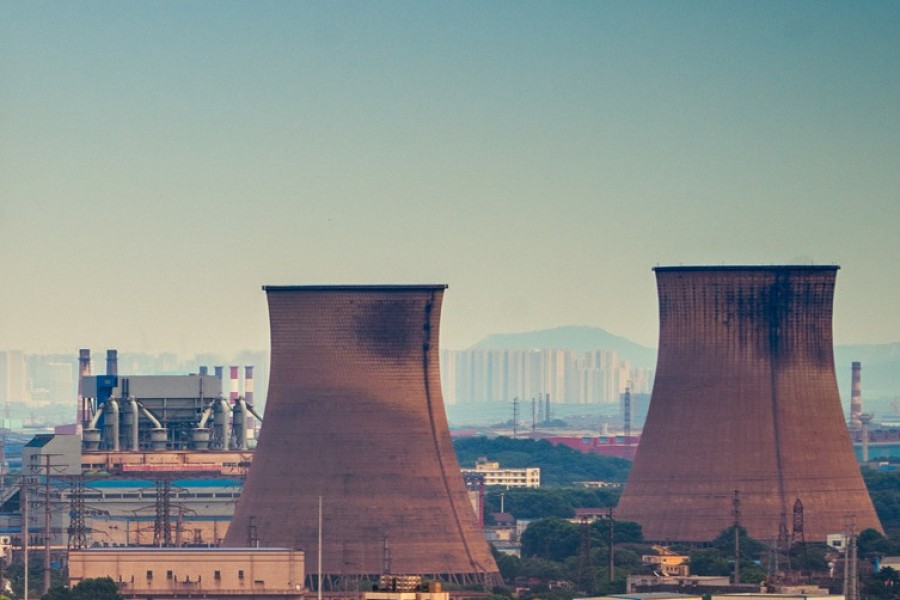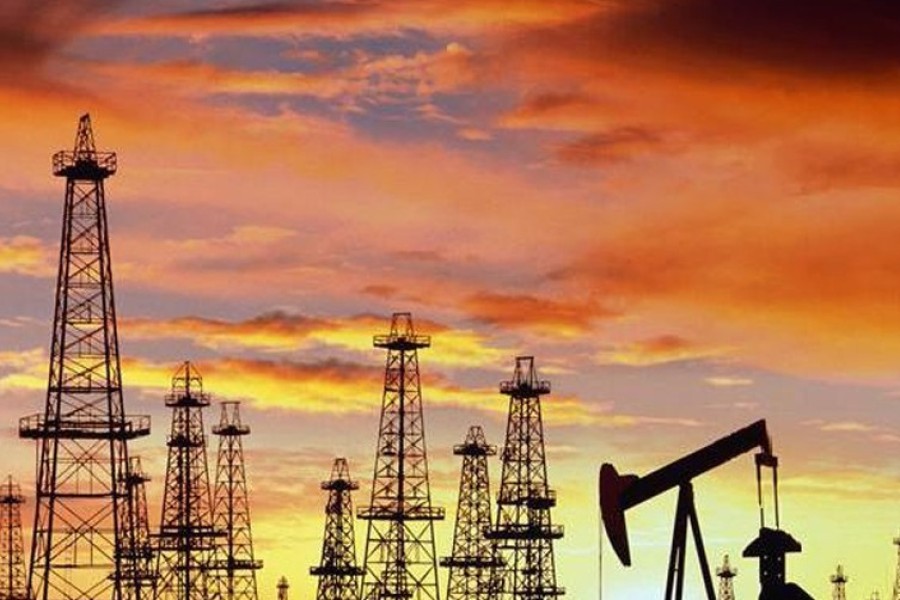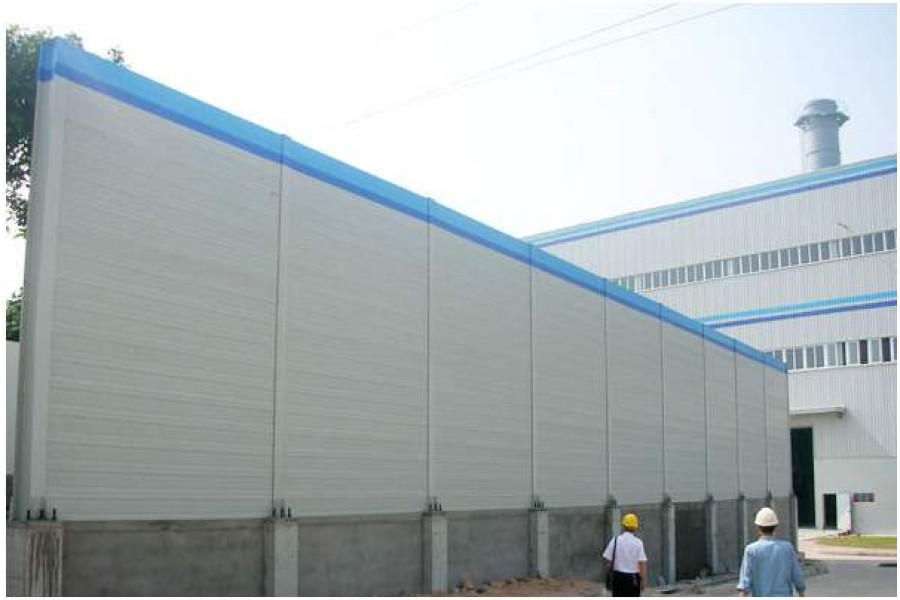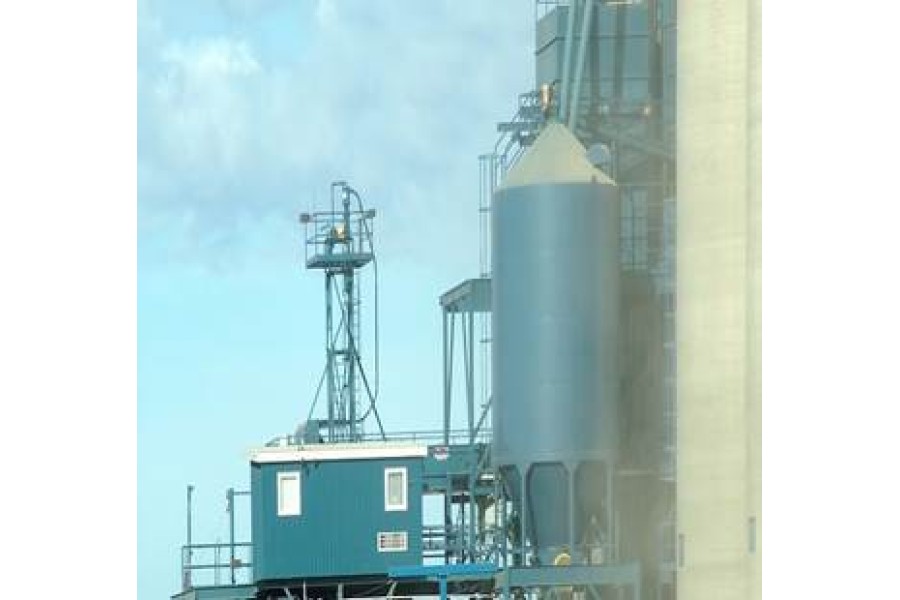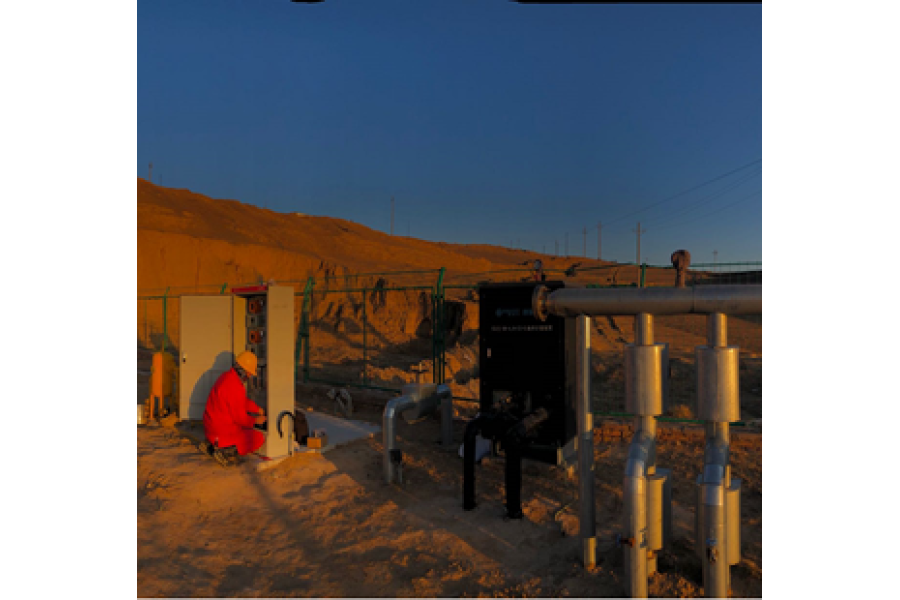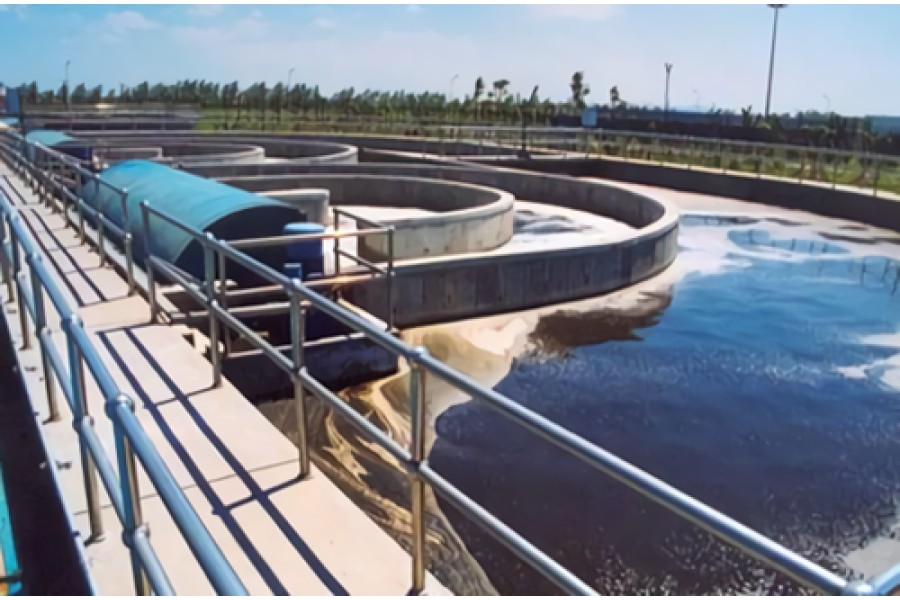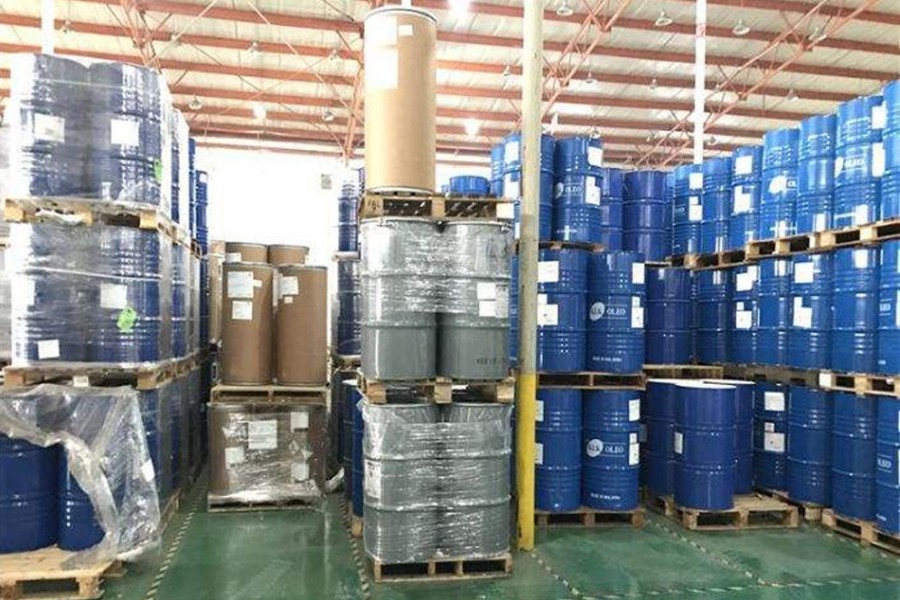Blog
Refine Search
Online Gas Detection Solution for Nitrogen Oxides
- By John Doe
- 02/04/2025
- 0 comments
Nitrogen oxides include a variety of compounds, such as nitrous oxide (N₂O), nitric oxide (NO), nitrogen dioxide (NO₂), dinitrogen trioxide (N₂O₃), dinitrogen tetroxide (N₂O₄), and dinitrogen pentoxide (N₂O₅), etc. Except for nitrogen dioxide, other nitrogen oxides are extremely unstable. They turn into nitrogen dioxide and nitric oxide when exposed to light, moisture, or heat, and nitric oxide then turns into nitrogen dioxide. Therefore, the gas mixture commonly referred to as "nitrous fumes (gas)" in occupational environments is mainly a mixture of nitric oxide and nitrogen dioxide, with nit..
Online Gas Detection Solution for TVOC
- By John Doe
- 02/04/2025
- 0 comments
The sum of various measured VOCs is called Total Volatile Organic Compounds (TVOC). TVOC has a saturated vapor pressure exceeding 133.32 Pa at room temperature, and its boiling point ranges from 50°C to 250°C. It can exist in the air in the form of evaporation at normal temperature. Its toxicity, irritancy, carcinogenicity, and special odor can affect the skin and mucous membranes and cause acute damage to the human body. Organizations such as the World Health Organization (WHO) and the National Academy of Sciences/National Research Council (NAS/NRC) of the United States have always emphasi..
Combustible Gas Detection Solution
- By John Doe
- 02/04/2025
- 0 comments
Combustible gases refer to substances that can ignite and are in a gaseous state under normal temperature and pressure. For example, methane, hydrogen, acetylene, ethylene, etc. Combustible gases have the general characteristics of gases. A combustible gas of a single component is called a single gas; a mixture of two or more combustible gases is called a mixed combustible gas. Combustible gases, when mixed with an oxidizer in certain proportions and under the action of an ignition source, can cause combustion or explosion. Combustible gases are encountered in daily life and industrial product..
Online Detection Solution for Harmful Gases and Dust in Tunnels
- By John Doe
- 02/04/2025
- 0 comments
Tunnel projects are generally located in remote areas with harsh environments. The ventilation inside the tunnels is poor, and excavation and blasting operations are required. Therefore, harmful gases and dust are likely to accumulate, posing a threat to the lives of construction workers. Gases to be Detected: CO, H₂S, Dust, Wind Speed This solution can detect carbon monoxide, carbon dioxide, hydrogen sulfide (combustible gas), dust, wind speed and other items in real time. The detection signals are transmitted wirelessly or via optical fiber, and transmitted to the cloud platform and th..
Factory Boundary Harmful Gas Detection Solution
- By John Doe
- 02/04/2025
- 0 comments
Real-time detection of harmful gases, temperature, humidity, wind speed, wind direction, atmospheric pressure and other data within the factory boundary. The detection data can be displayed in real time, uploaded in real time, and an alarm will be triggered when the concentration exceeds the limit. Detect the concentration of organic volatile substances at the factory boundary. It can be transmitted wirelessly, and can also be transmitted to the cloud platform and the environmental protection HJ-T212 private network via IoT 4G. Based on HJ-T212, sub-data, hourly data, daily data, weekly dat..
Online Detection Solution for Toxic and Harmful Gases and Dust in Chemical Enterprises
- By John Doe
- 02/04/2025
- 0 comments
As one of the well-known amino acid series manufacturers at home and abroad, the customer mainly produces amino acid products such as cystine, cysteine, threonine, leucine, serine, lysine, alanine, tryptophan, arginine base, citrulline, etc. It is necessary to conduct real-time detection of toxic and harmful gases and dust generated during the production process. Detection Items: Chlorine, hydrogen chloride, dust The solution uses the NGP50 multi-gas detector for gas concentration detection. Data summary, real-time display, data storage, historical data viewing, over-limit alarm and othe..
Gas Detection Solution for Combustible and Harmful Gases in Oilfields and Tank Farms
- By John Doe
- 02/04/2025
- 0 comments
A large amount of combustible gases and toxic and harmful gases, such as alkanes, alkenes, hydrocarbons, carbon monoxide, carbon dioxide, hydrogen sulfide, etc., are generated during the processes of oil extraction, storage, and refining. To prevent losses to personnel and property caused by gas leaks, it is necessary to conduct real-time detection of combustible and harmful gases in extraction, storage, and refining sites, so as to take precautions in advance. Detection Items: Alkanes, alkenes, hydrocarbons, carbon monoxide, carbon dioxide, hydrogen sulfide, etc.
Wastewater Treatment Plant Gas Detection Solution
- By John Doe
- 02/04/2025
- 0 comments
When treating urban domestic and industrial sewage, wastewater treatment plants will generate some toxic gases, such as hydrogen sulfide (H₂S), ammonia (NH₃), methane (CH₄) and carbon monoxide (CO). Some of the gases (hydrogen sulfide (H₂S), ammonia (NH₃)) have a strong pungent odor and toxicity, which can cause harm to the bodies of on-site operators. Our company customizes different gas detection solutions according to different on-site environments to ensure production safety.
Warehouse Gas Detection Solution
- By John Doe
- 02/04/2025
- 0 comments
Common granaries and hazardous material warehouses generate some toxic gases, such as phosphine (PH₃), hydrogen sulfide (H₂S), flammable gases, etc. In granaries, phosphine is generally placed for pest control. Phosphine is a colorless, highly toxic, and flammable gas. It is heavier than air and has a smell similar to rotten fish. Hazards to the human body: When the concentration in the air is 2 - 4 mg/m³, its odor can be detected; at a concentration of 9.7 mg/m³ or higher, it can cause poisoning. Contact with 550 - 830 mg/m³ for 0.5 - 1.0 hours can lead to death, and 2798 mg/m³ can cause r..

